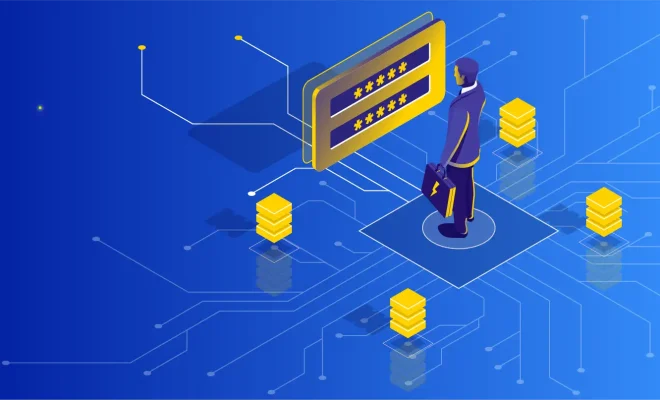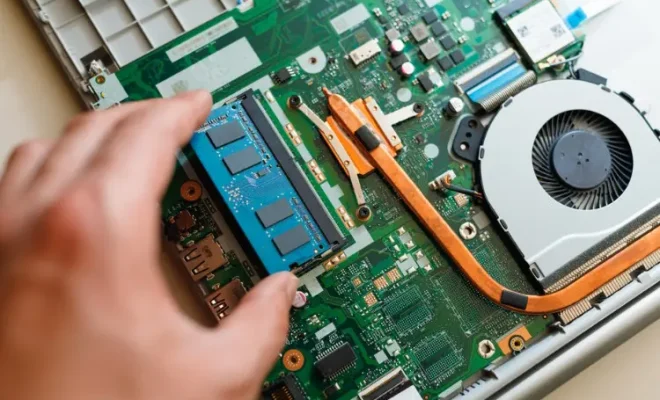What is Data Center Networking?

Data Center Networking is the practice of connecting various computing devices and servers inside an infrastructure in such a way that they can communicate effectively with each other. It is a complex system of interconnected pathways, network devices, and technologies that enable data to flow efficiently throughout a data center.
A data center is a massive facility that houses numerous servers, storage systems, and networking devices, along with the necessary hardware and software to operate them smoothly. The data center network is designed to provide efficient data transmission with minimal latency and maximum uptime. To achieve this goal, data centers employ several technologies and strategies, including virtualization, load balancing, and redundancy.
The primary objective of data center networking is to ensure that data transmission is optimized and that there are no bottlenecks, which can lead to slowdowns or outages. This is achieved through several strategies, including virtualization, which involves creating virtual instances of servers and storage systems rather than physical ones. Virtualization makes it easier to manage resources effectively and allocate them as needed.
Load balancing is another critical strategy used in data center networking. It involves distributing incoming traffic evenly across multiple servers, eliminating overloads and ensuring that all servers are being used optimally. Load balancing can be achieved through different technologies such as Round Robin, Random, Least Connection, and IP Hash.
Data center networks also employ redundancy strategies to ensure that if one device fails, another takes over seamlessly. This strategy is essential to ensure that there is no single point of failure in the data center network. Redundancy can be achieved through several technologies and strategies, including Network Attached Storage (NAS) and Storage Area Networks (SAN). Both of these technologies enable the data center to store data in multiple locations simultaneously.
Security is another critical aspect of data center networking. Given the sensitive nature of data stored in data centers, they must be protected from unauthorized access, hacking, and other cyber-attacks. Security strategies employed in data center networking include firewalls, intrusion detection and prevention systems, and Identity and Access Management (IAM) systems.
Finally, data center networking must be scalable and flexible to accommodate future growth and changes in technology. This means embracing new technologies such as Software-Defined Networking (SDN) and Network Functions Virtualization (NFV), which offer more flexibility and scalability while reducing costs.
In conclusion, data center networking is a complex system of technologies and strategies that ensure efficient data transmission throughout the data center. It involves optimizing resources, load balancing, redundancy, security, and scalability. As data centers continue to grow in size and importance, data center networking will remain a critical element in ensuring the efficient operation of these facilities.





